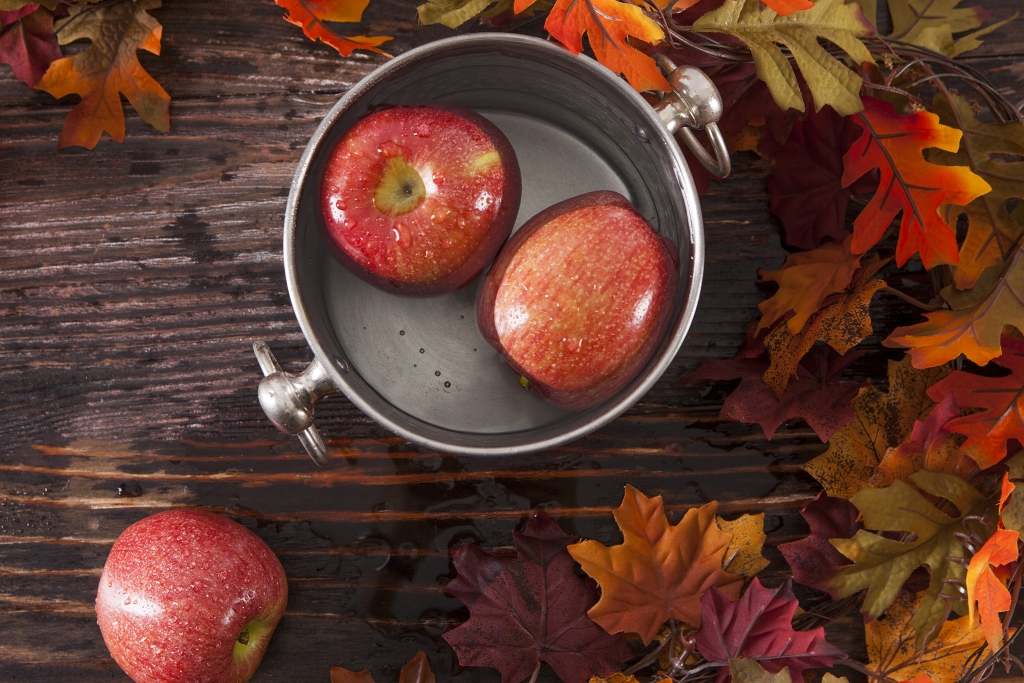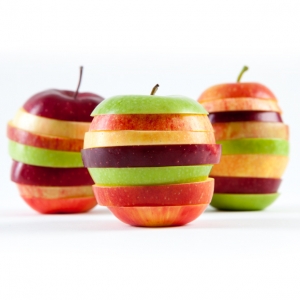Daily Dish the Fork Lift blog

Do you Know Why Apples Float?
Fun Facts About Apples
Please note that this is an older article. Any products or services pictured or described may have changed or may no longer be available. Thank you for visiting!
Fall signals the return of apple season, and in fact, the months of September, October and November are National Apple Months. Let’s celebrate with some fun facts — and, of course, by biting into a crisp and delicious apple today!
Fall signals the return of apple season, and in fact, the months of September, October and November are National Apple Months. Let’s celebrate with some fun facts — and, of course, by biting into a crisp and delicious apple today!
- Archeologists put apple eating as far back as 6,500 B.C.
- We eat an average of about 19 pounds of fresh apples per person per year.
- An apple tree's leaves transfer the sun’s energy into stored carbohydrates in the apple itself — it takes the work of at least 50 leaves to make one apple.
- A medium, fist-sized apple supplies 80 calories of energizing carbohydrates that your body can use as fuel during exercise or other activities.
- Apples supply a soluble fiber called pectin that helps lower circulating cholesterol levels by blocking cholesterol absorption into the body.
- Enjoy apples with the peel on — two-thirds of the fiber is in the peel, as well as other health-boosting compounds called flavonoids that may help ward off cancer.
- Apple cider supplies 125 calories per 8-oz serving. It takes 36 apples to make a gallon of cider.
- Store apples in the fridge to keep them crisp longer. Warm temperatures speed up a ripening process that turns apples mushy nine times faster than when they’re stored in the fridge.
- Snack on apples as a way to curb your appetite — studies show an apple snack can lead to consuming fewer calories at your next meal.
- And next time you bob for apples, keep this in mind: they float because they are 25 percent air!

